Within the constantly changing world of business, the significance of procurement has grown exponentially. Streamlined procurement processes wield the power to profoundly influence a company’s financial standing, cutting costs, fostering better ties with suppliers, and elevating overall operational efficacy. However, according to statistics, a shortage of procurement professionals led to a 10.6% increase in procurement workload in 2023. With the relentless progress of technology, automation stands out as a pivotal catalyst in refining procurement operations, greatly helping professionals.
This article delves into the paramount procurement processes that companies should contemplate automating to retain competitiveness in the fast-paced contemporary business landscape.

Invest in Procurement Software to Ease Your Worries
To fully capitalize on the benefits of automating procurement processes, investing in robust procurement software is paramount. These advanced solutions offer comprehensive features to streamline the entire procurement lifecycle, from requisition to payment. Procurement software provides a centralized platform for managing vendors, generating purchase orders, processing invoices, and analyzing spending patterns.
Considering the diverse array of procurement software available in the market, companies need to explore their options thoroughly. Many vendors offer procurement software demos, allowing businesses to assess the user interface, functionality, and suitability for their specific needs. A procurement software demo provides a hands-on experience, enabling businesses to witness firsthand how the software can address their unique challenges and streamline their procurement processes. This proactive approach ensures that the chosen software aligns seamlessly with the organization’s requirements, maximizing the return on investment and easing worries about the implementation of automated procurement processes.
Purchase Requisition and Approval
One of the fundamental steps in the procurement process is the creation and approval of purchase requisitions. Automating this process can streamline workflow, reduce errors, and ensure compliance with internal policies.

By implementing an automated system, employees can submit requisitions electronically, and approvals can be routed seamlessly through predefined workflows. This not only accelerates the procurement cycle but also provides real-time visibility into pending and approved requisitions, enabling better decision-making and resource planning.
Vendor Management and Onboarding
Efficient vendor management is crucial for maintaining strong supplier relationships and ensuring the timely delivery of goods and services. Automating vendor management processes can centralize information, making it easier to evaluate vendor performance, track compliance, and manage contracts.
Additionally, automated onboarding processes can simplify the integration of new vendors, ensuring that all necessary documentation, certifications, and approvals are obtained promptly. This saves time and mitigates risks associated with non-compliance and inadequate due diligence.
Purchase Order Processing
The creation, approval, and tracking of purchase orders are core components of the procurement lifecycle. Automating purchase order processing can eliminate manual errors, enhance accuracy, and accelerate the entire procurement cycle.
Automation enables the generation of standardized purchase orders, which can be easily tracked and monitored in real time. This not only improves collaboration between departments but also provides valuable insights into spending patterns, allowing organizations to negotiate better terms with suppliers and optimize their procurement strategies.
Invoice Processing and Payment
The manual handling of invoices can be a time-consuming and error-prone task. Automating invoice processing can significantly reduce the risk of errors, eliminate duplicate payments, and expedite the approval and payment cycles.

Automated systems can match invoices with corresponding purchase orders and receipts, flagging discrepancies for review. This not only improves accuracy but also enables organizations to take advantage of early payment discounts, optimize cash flow, and strengthen relationships with suppliers by ensuring timely payments.
Contract Management
Contracts are the backbone of business transactions, and effective contract management is essential for mitigating risks and maximizing the value of agreements. Automating contract management processes can streamline the creation, negotiation, and approval of contracts, reducing the time required for these critical tasks.
Automated systems can also provide alerts for key contract milestones, ensuring timely renewals and compliance with terms and conditions. This not only minimizes the risk of contractual disputes but also enhances the overall efficiency of the procurement function.
Spend Analysis
Understanding and analyzing spending patterns is vital for an effective procurement strategy. Automating spend analysis processes can provide real-time visibility into organizational spending, categorize expenses, and identify cost-saving opportunities.
By leveraging data analytics, organizations can make informed decisions about supplier negotiations, identify areas for cost reduction, and optimize their overall procurement strategy. Automated spend analysis not only enhances strategic decision-making but also supports compliance with budgetary constraints and financial goals.
Bottom Line
The automation of procurement processes is no longer a luxury but a necessity for organizations aiming to stay competitive in today’s fast-paced business environment. By automating key procurement functions, companies can achieve greater efficiency, reduce costs, and enhance overall productivity.
Embracing automation not only frees up valuable human resources from mundane tasks but also allows procurement teams to focus on strategic activities that drive business success. As technology advances, companies that leverage automation in their procurement processes will be better positioned to adapt to market changes, improve supplier relationships, and achieve long-term sustainability.





